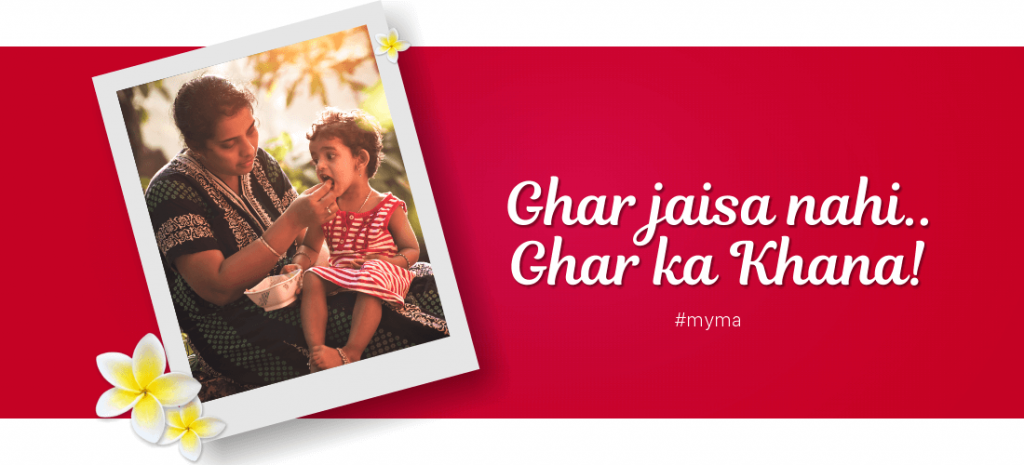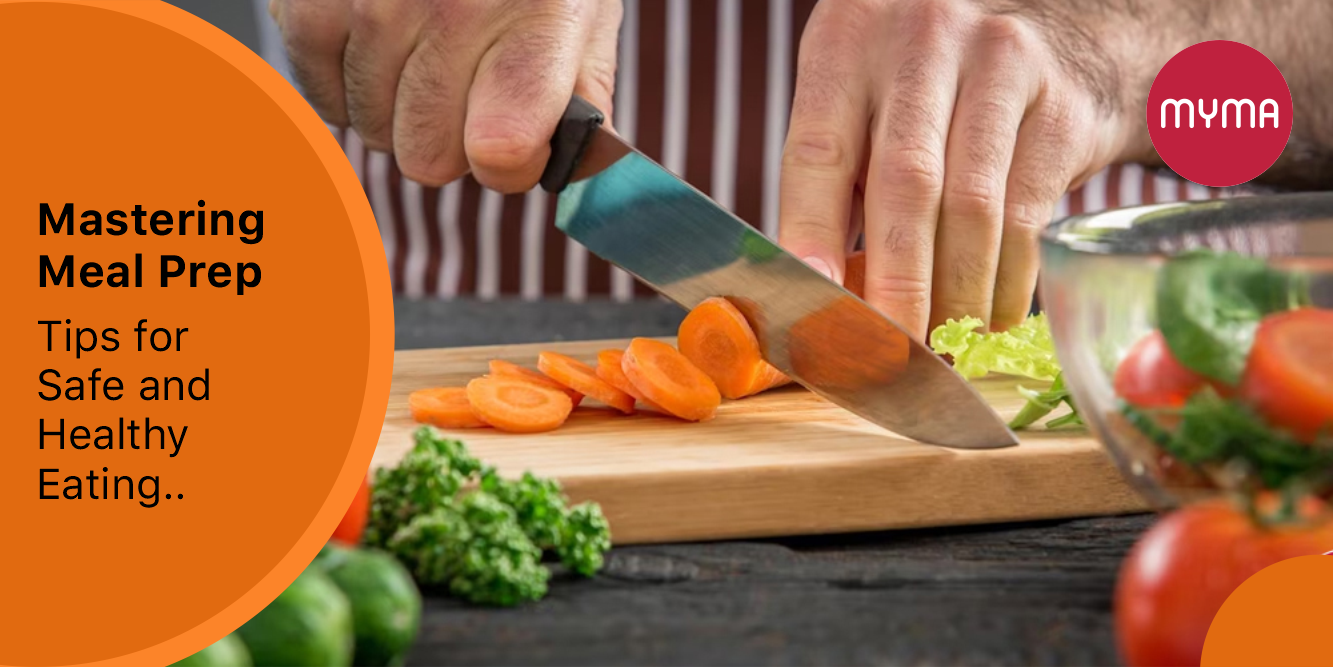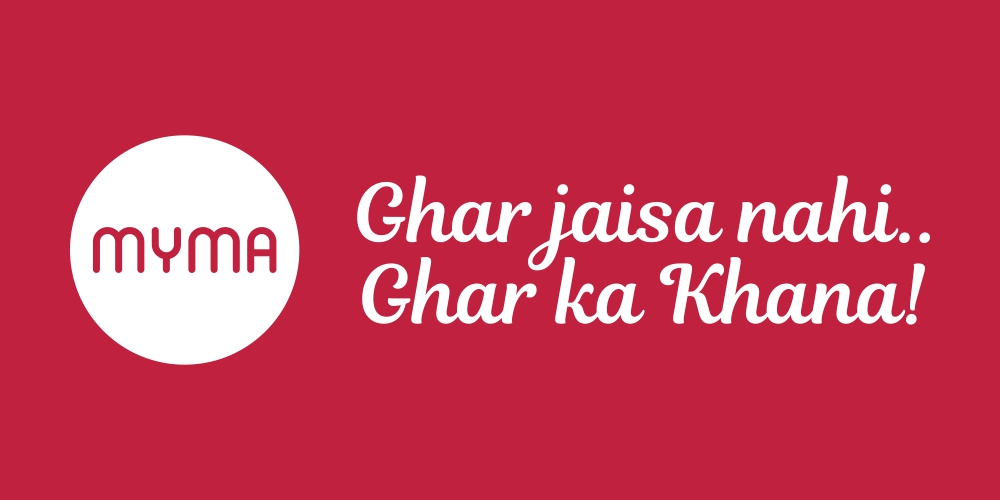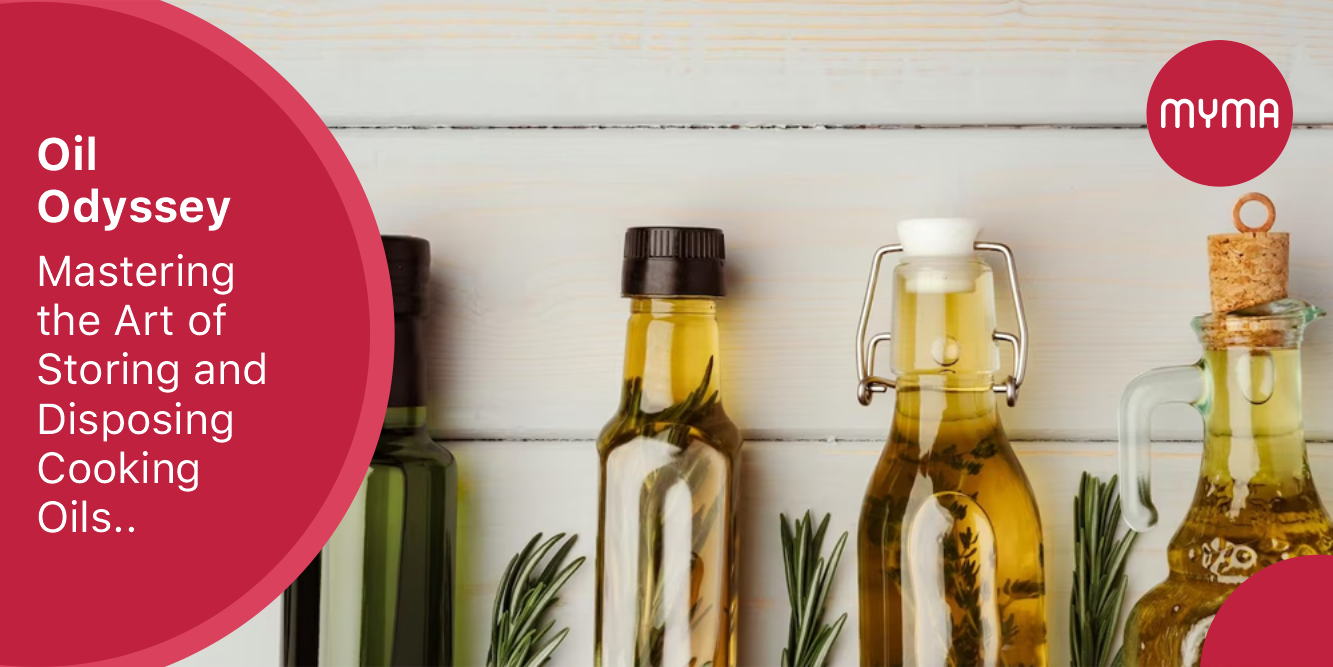Meal prepping has become increasingly popular over the years as it saves time, money, and ensures healthy eating. However, meal prepping requires proper planning and preparation to ensure safe and healthy meals. In this blog post, we will discuss some tips for safe and healthy meal prep.
1: Plan Your Meals
Before you begin meal prepping, take some time to plan your meals. This will ensure that you have a variety of healthy meals for the week, and you won’t have to worry about what to eat every day. Start by looking for healthy recipes and create a grocery list of the ingredients you need. You can also take advantage of leftovers from the previous night’s dinner and plan to incorporate them into your meals.
2: Wash Your Hands and Surfaces
One of the most important steps in safe meal prepping is ensuring that your hands and surfaces are clean. Before you begin preparing your meals, wash your hands with soap and warm water for at least 20 seconds. You should also ensure that all surfaces and utensils are clean before you begin cooking. Bacteria can easily spread from surfaces to food, so be sure to clean and sanitize everything you use.
3: Separate Raw and Cooked Foods
Cross-contamination is one of the most significant risks when it comes to meal prepping. Always separate raw and cooked foods to avoid the spread of harmful bacteria. Use separate cutting boards, utensils, and containers for raw and cooked foods, and be sure to clean them thoroughly after use.
4: Cook Food to the Right Temperature
Cooking food to the right temperature is crucial for preventing foodborne illnesses. Use a food thermometer to ensure that your food is cooked to the appropriate temperature. The USDA recommends cooking beef, pork, veal, and lamb to an internal temperature of 145°F, ground meats to 160°F, and poultry to 165°F.
5: Store Food Properly
Storing food properly is essential to prevent spoilage and foodborne illnesses. Always store food in airtight containers, and keep them in the refrigerator or freezer until you are ready to eat them. Label your containers with the date you prepared the food to ensure that you eat them before they spoil.
6: Reheat Food Properly
If you are reheating food, be sure to do so properly to prevent the growth of harmful bacteria. Reheat food to an internal temperature of 165°F, and do not reheat food more than once. It’s also important to avoid reheating food in plastic containers, as the chemicals in the plastic can leach into the food.
7: Use Safe Food Storage Practices
Finally, it’s important to use safe food storage practices to ensure that your food stays fresh and healthy. Keep your refrigerator at a temperature of 40°F or below and your freezer at 0°F or below. Don’t overload your refrigerator or freezer, as this can affect the temperature and cause your food to spoil. Be sure to check the expiration dates of your food and discard anything that has expired.
8: Conclusion
Meal prepping is an excellent way to save time and money while ensuring healthy eating. However, it’s essential to follow safe food handling practices to prevent foodborne illnesses. By following the tips outlined in this blog post, you can ensure safe and healthy meal prep. Remember, Myma is always here to help you with your meal planning and preparation.
Myma… Ghar jaisa nahi, Ghar ka khana!





